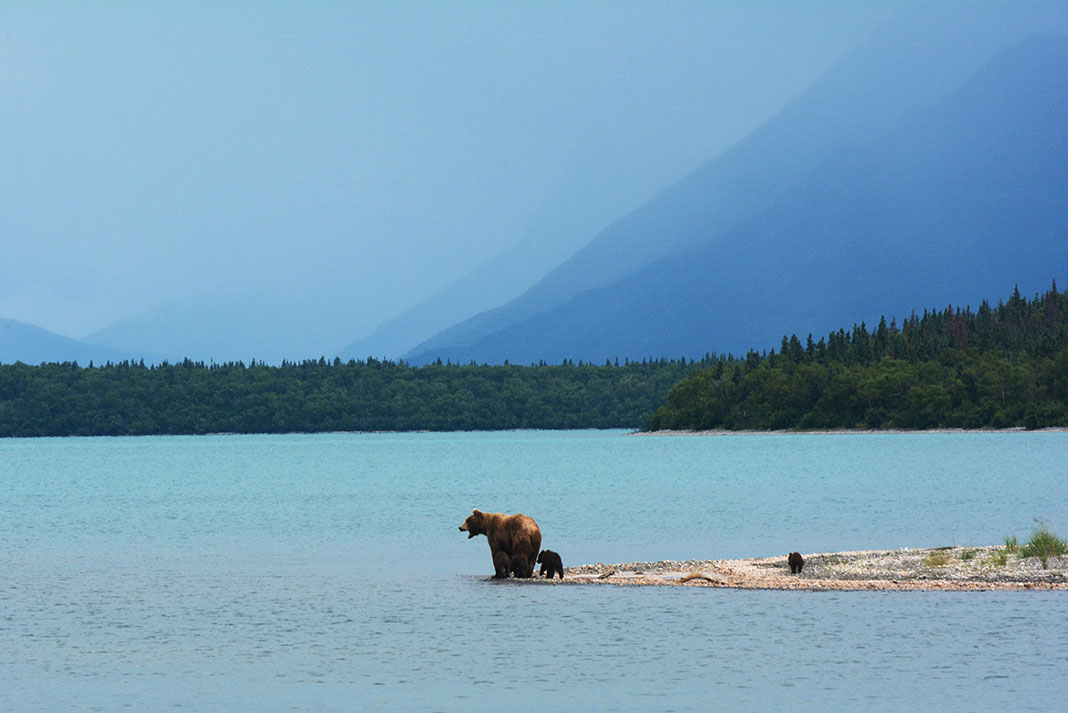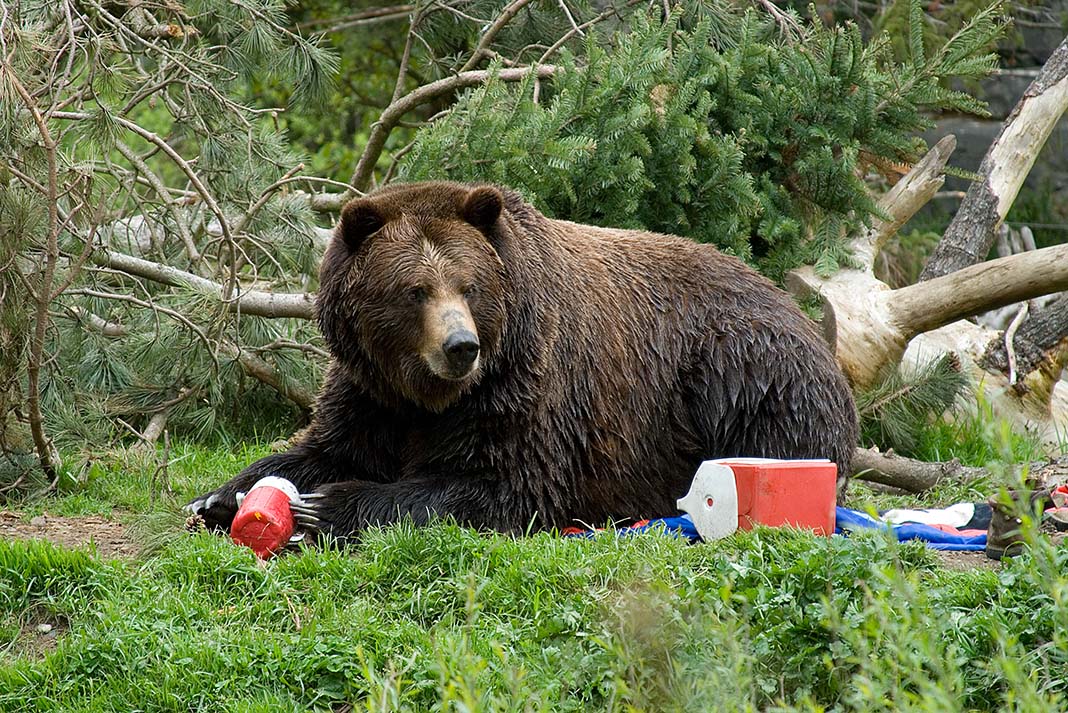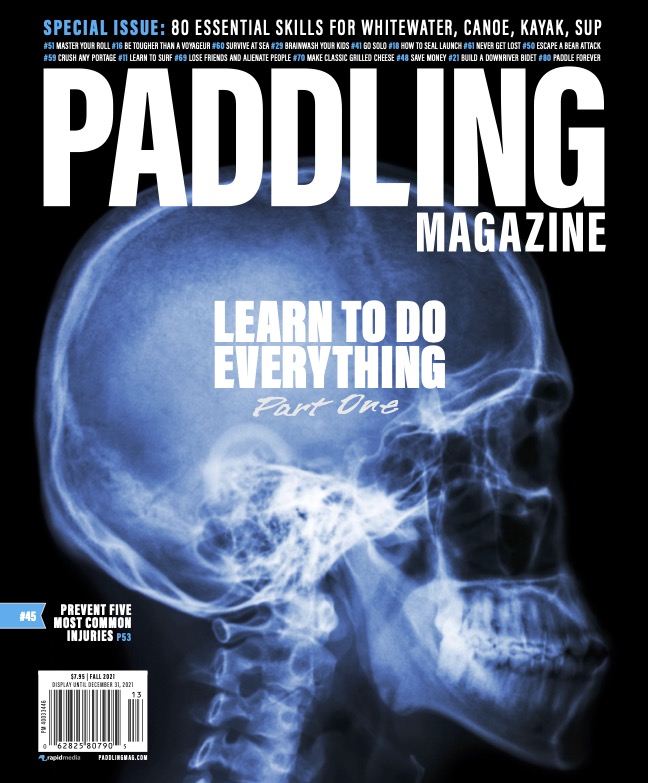Generally, bears would like to avoid an encounter with you as much as you would like to avoid an encounter with them. In fact, you’re more likely to be hit by lightning than mauled by a bear—the 750,000 black bears in North America kill less than one person per year on average, despite tens of thousands of human-bear interactions.
How to Survive a Bear Encounter
Bear spray is the most effective deterrent and works more than 90 percent of the time. Just don’t apply as a preventative spray to your tent, it actually attracts bears when not used properly. The steps you can take to deter a bear apply to black bears and grizzly bears.

Avoid bear encounters
- Make noise when moving through the woods by talking or singing.
- Travel in groups.
- Keep your campsite clean.
If a bear sees you and doesn’t run away
- Make sure the bear has an escape route, since leaving is probably what it wants to do.
- Speak in a calm voice to identify yourself as a human.
- If with other people, remain in a tight group.
- Back away slowly, preferably in the direction you came.
If a bear approaches you
- Speak loudly, “Hey, bear!”
- Use an air horn, bear bangers, flares or whistles to deter the bear.
- Use deterrent spray if the bear comes within 30 feet, ensuring you’re not downwind.

In all cases
- Do not run away. Bears can run more than 30 miles an hour, and you can’t.
- Do not let your dog off leash. An excited dog will only make a nervous bear more agitated.
- Do not dive into a lake. Bears are great swimmers.
- Do not try to run downhill. It’s a myth that bears can’t run downhill.
If the bear charges
- Stand your ground. Most charges are bluffs and a bear may bluff charge multiple times.
- The majority of attacks by grizzly bears are defensive attacks involving a sow protecting her cubs. A defensive attack is likely to be brief. The best you can do is protect your head, neck and belly. Very rarely, predacious bears may attack someone looking for a meal. Fight back with all possible means, targeting the bear’s face and eyes. Visit the Get Bear Smart Society to learn how to recognize the difference between a defensive attack and a predacious one.
This article appeared in Canoeroots & Family Camping, Spring 2009 and in Paddling Magazine Issue 65. Subscribe to Paddling Magazine’s print and digital editions here, or download the Paddling Magazine app and browse the digital archives here.
The day the teddy bear got his picnic. | Feature photo: iStock



